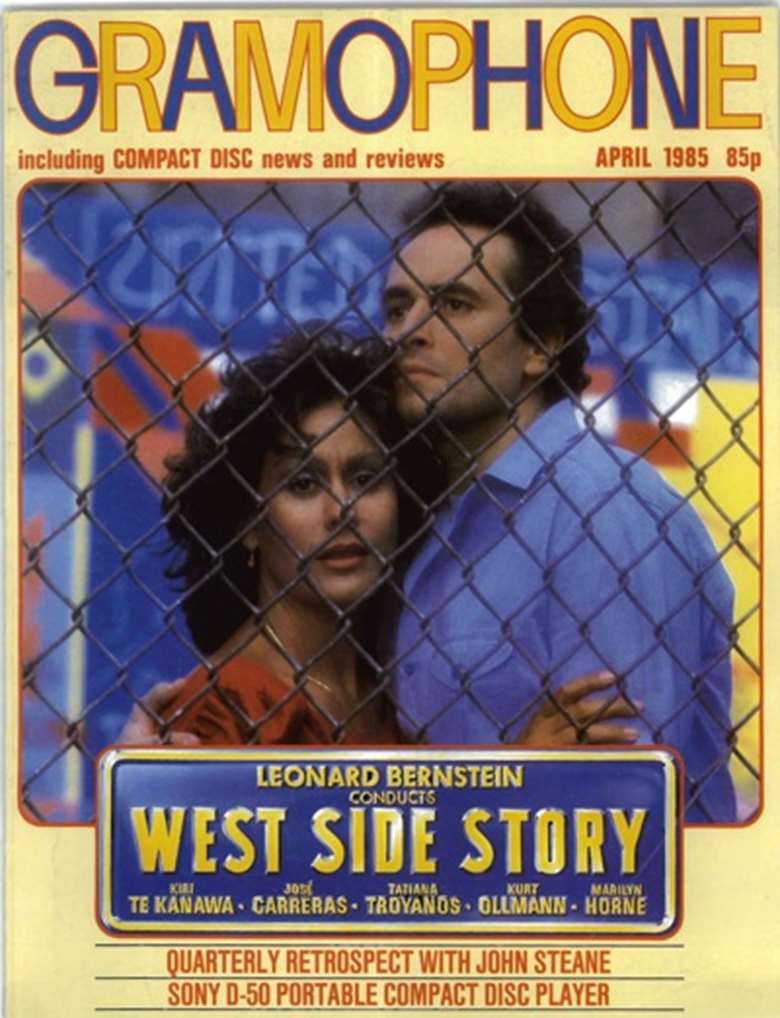Bernstein's West Side Story
Gramophone
Wednesday, August 26, 2015
A session report by Humphrey Burton first featured in the April 1985 edition

Register now to continue reading
Thanks for exploring the Gramophone website. Sign up for a free account today to enjoy the following benefits:
- Free access to 3 subscriber-only articles per month
- Unlimited access to our news, podcasts and awards pages
- Free weekly email newsletter








